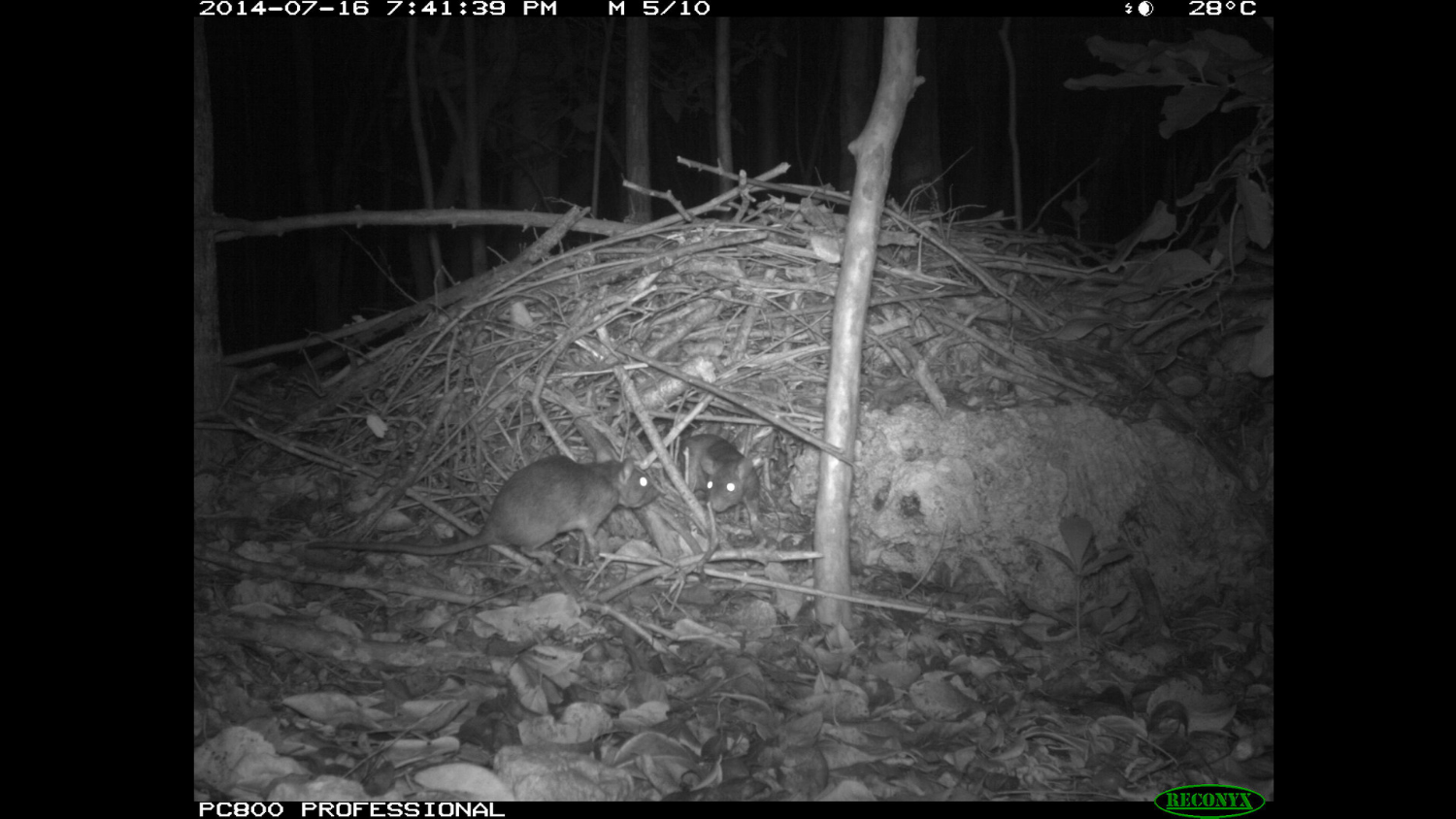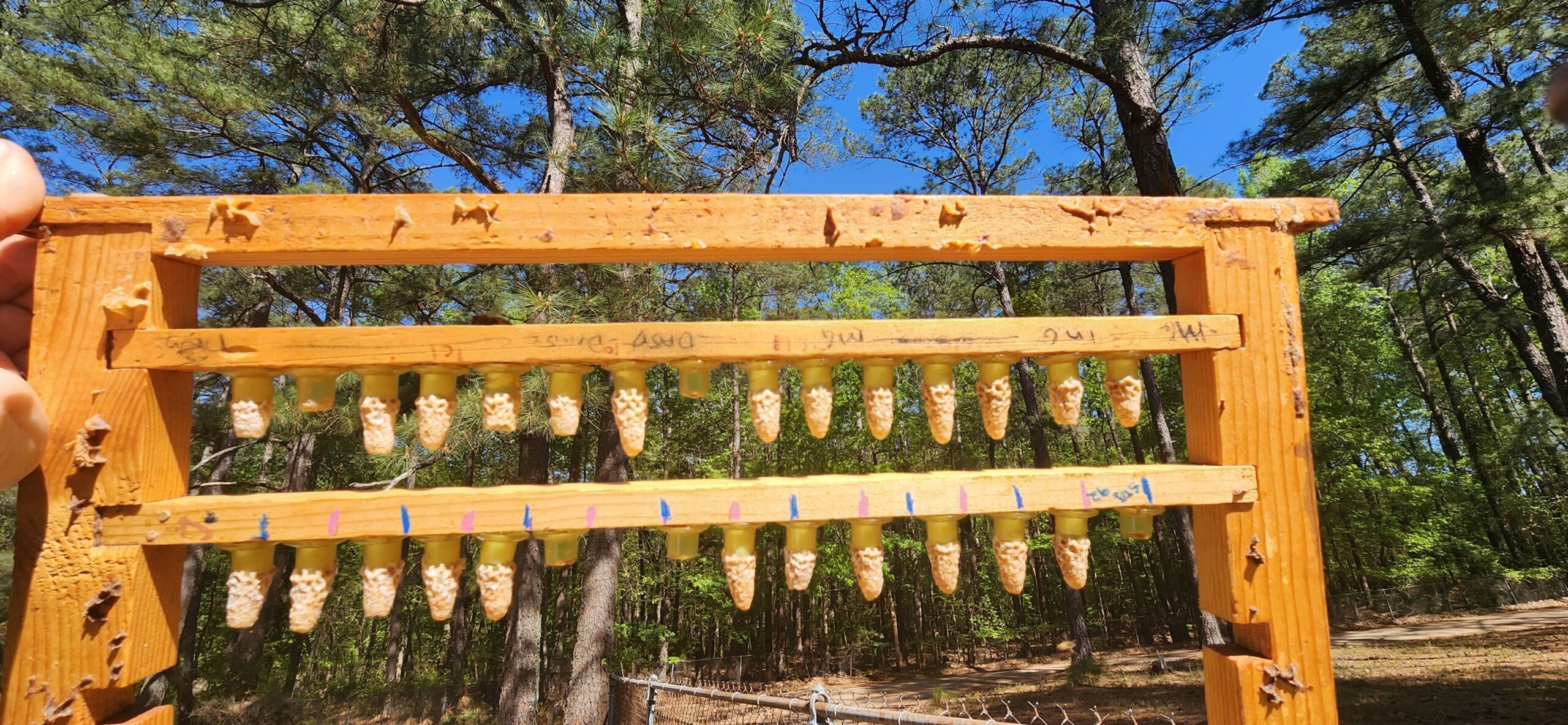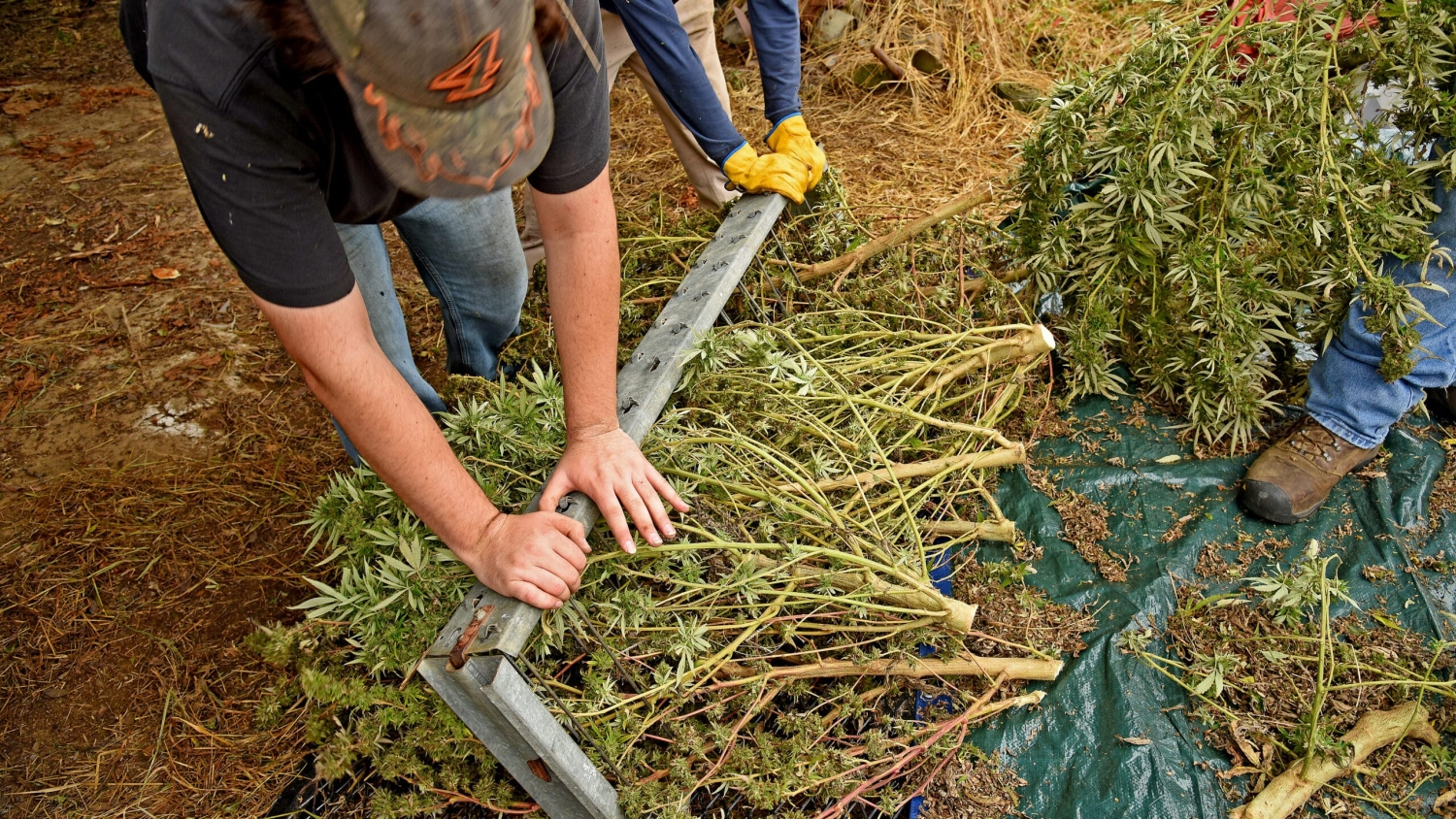Endangered Woodrats Recover After Exotic Predator Expulsion

Predator and prey interactions are one of the engines that drive balanced ecosystems. Unfortunately, an all-too-common way that ecosystems are thrown off-balance is when exotic predators are introduced.
Key Largo experienced an exotic predator double-whammy when feral domestic cats were released by homesteaders in the late 1800s and Burmese pythons started to take up residency in the 2000s. These one-time pets are responsible for the population decimation of several species, including the endangered Key Largo woodrat (Neotoma floridana smalli). The US Fish and Wildlife Service responded by removing cats and pythons from protected areas since 2013, but not much was known about how small mammals recover from exotic predator removals, generally, and whether this would positively impact the population of woodrats specifically. Applied Ecology and NC Cooperative Fish and Wildlife Research Unit post-doc, Michael Cove, took advantage of this opportunity and used camera traps to assess if and how woodrats would respond.
“When I first arrived in Key Largo, woodrat stick-nests were a rare sight and the population was estimated to hover in the mere hundreds of individuals,” says Cove. “Once feral and free-roaming cats were removed from protected areas, we noticed a rapid response in woodrat distribution, but more excitingly in woodrat behavior – they started to build the characteristic stick-nests that had disappeared in recent times.”
Not only has the woodrat population increased, they have also returned to building large stick-nests, a behaviour that was rare during the reign of cats. Stick-nests are large multi-generational structures that require woodrats to locate sticks that are just right to drag to the nest and position. It’s likely that woodrats preoccupied with construction were more easily detected by predators and the risky behaviour was selected against. Now, that the risk of predation has been reduced, woodrats have returned to building and maintaining large elaborate nests.
“As ecosystem engineers, these rodents play an important role in the forest nutrient cycle and provide habitat for a variety of other taxa, including other endangered small mammals, so it’s encouraging and exciting to see these rapid responses in woodrat nesting behavior to applied management strategies for conservation gains,” says Cove.
The publication, “Towards recovery of an endangered island endemic: Distributional and behavioral responses of Key Largo woodrats associated with exotic predator removal” will appear in the September edition of Biological Conservation. The lead author is Michael Cove, with co-authors Theodore R. Simons from USGS, the Department of Applied Ecology, and NC Cooperative Fish and Wildlife Research Unit; Beth Gardner from the University of Washington, and Allan F. O’Connell of USGS and the Patuxent Wildlife Research Center.


